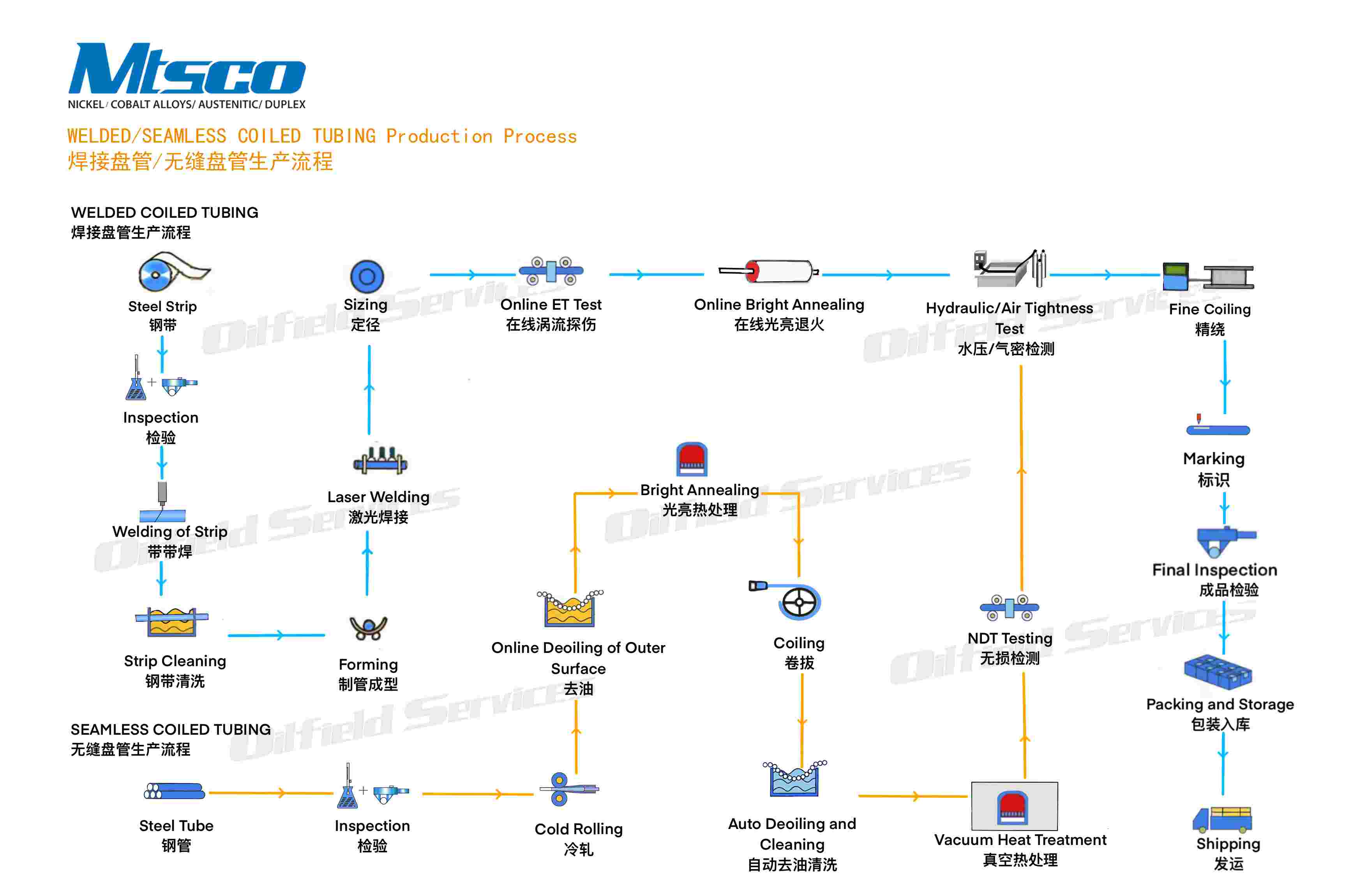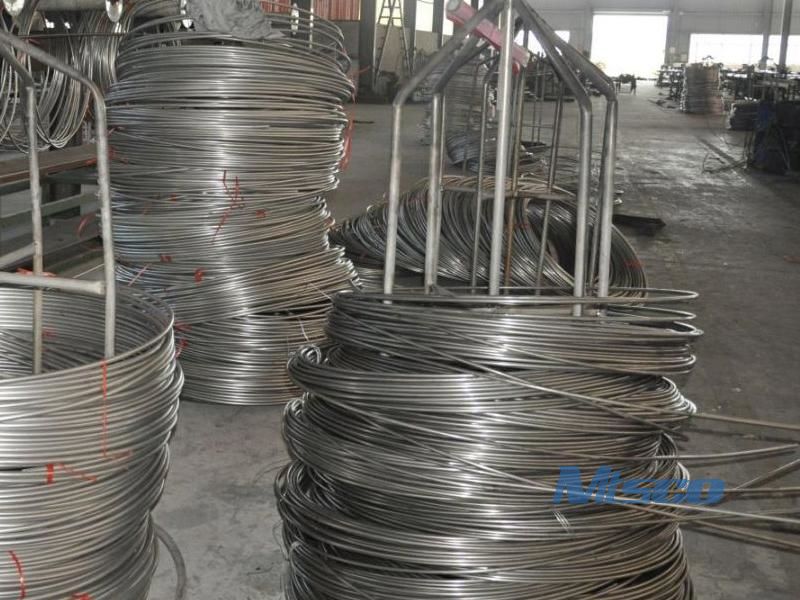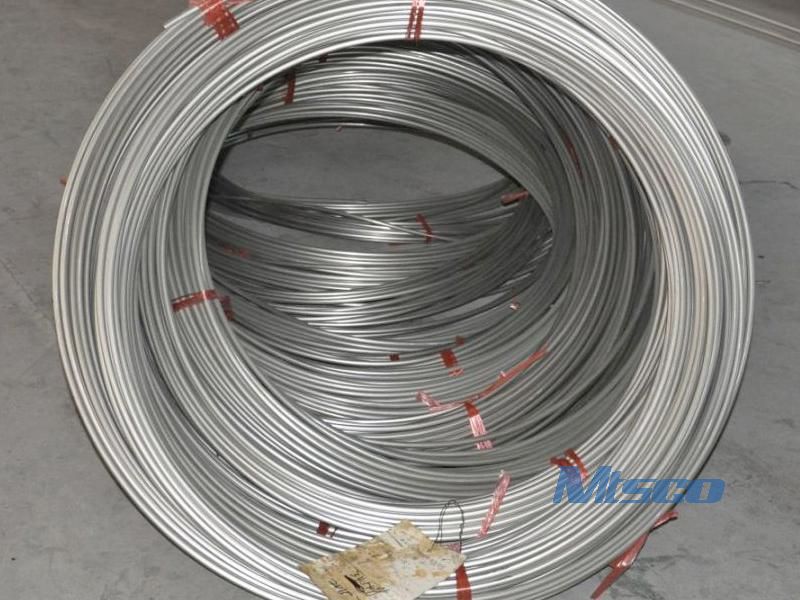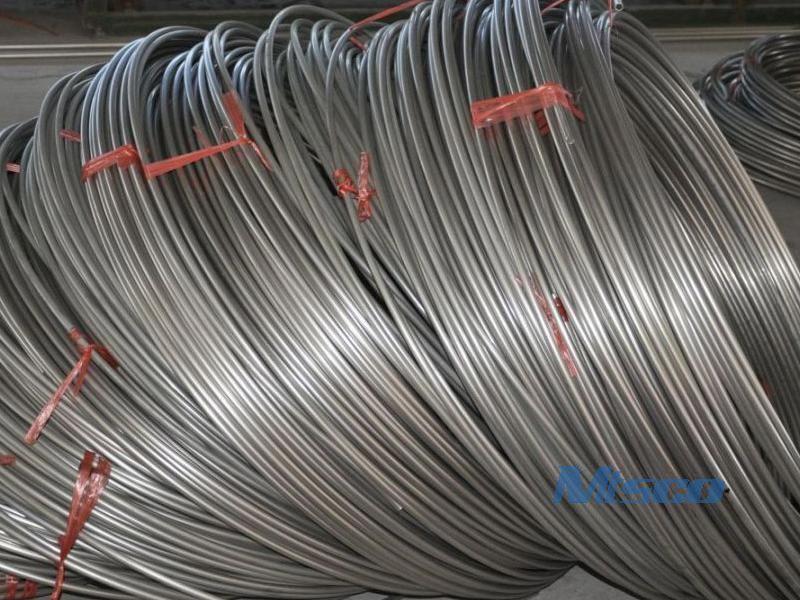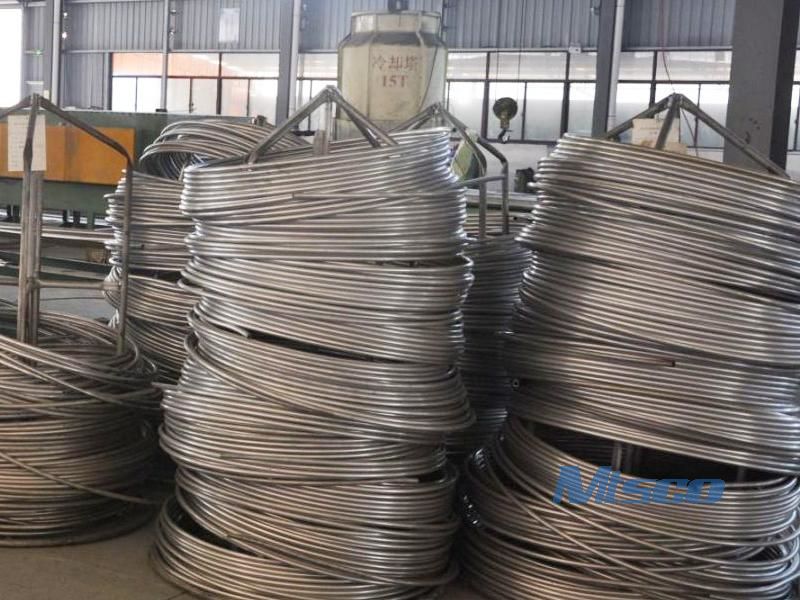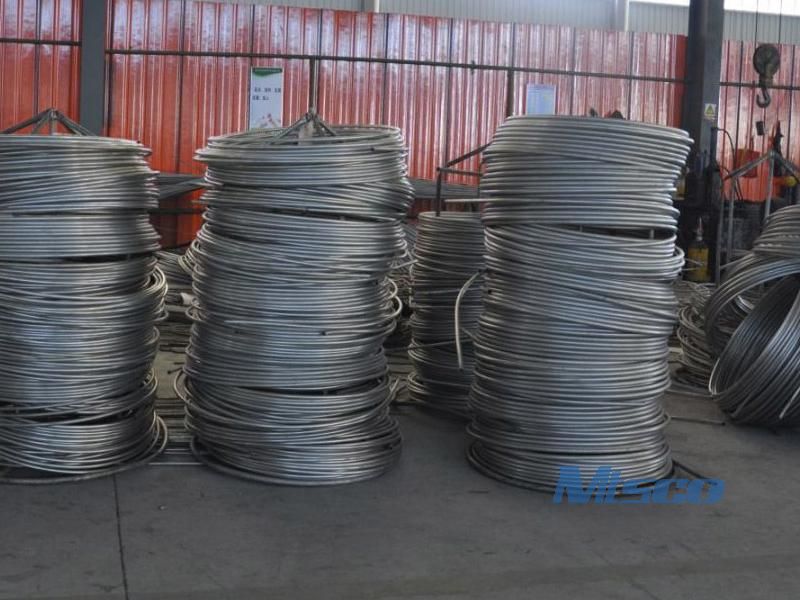ASTM A249 Nickel Alloy 400/UNS N04400 Coiled Tubing high strength
Specifications of Nickel Alloy Coiled Tube:
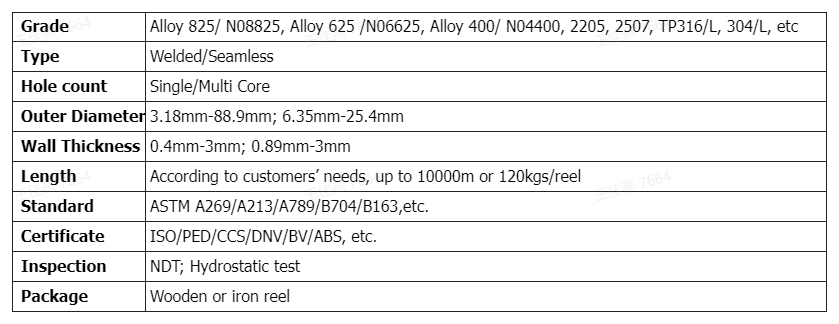
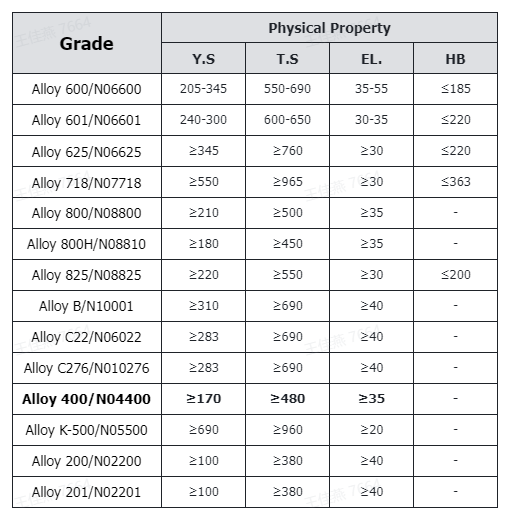
Coiled tubing finds versatile applications across various industries:
Heat Exchanger:Coiled tubing is widely employed in heat exchanger systems, ensuring efficient heat transfer in applications like HVAC and industrial processes.
Oil and Gas Wells Control Line: It serves as a critical component in controlling oil and gas wells, facilitating the seamless flow and regulation of fluids.
Instrument Tubing: Coiled tubing is instrumental in instrument systems, providing a conduit for precise measurements and control in scientific and industrial instrumentation.
Chemical Injection Tubing Line: It is utilized in chemical processes, delivering controlled injections of chemicals into systems for diverse applications.
Pre-insulated Tubing: Coiled tubing is employed in pre-insulated systems, enhancing thermal efficiency in applications such as temperature-sensitive fluid transport.
Electric Heating or Steam Heating Tubing Line: In heating systems, coiled tubing plays a key role in conveying electrically heated or steam-heated fluids, ensuring efficient and controlled heating processes.
Water Tubing Line: Coiled tubing is applied in water systems, contributing to the reliable conveyance of water for various industrial and commercial purposes.
The flexibility and durability of coiled tubing make it an indispensable component in these diverse applications, providing efficient solutions for fluid transport and control.
The advantageous features of coiled tubing include the following:
Extra-long lengths: One of the significant advantages of coiled tubing over straight tubing is that it can be handled in extra-long lengths, largely due to its shape allowing for long stretches on export without the constraints of traditional container length limitations. This extra length can be extended theoretically indefinitely, as far as welding conditions allow, thus meeting the requirement for extra-long seamless connections for specific engineering needs.
Reduced use of welds and connections: In use, the coils, due to their unique shape, can be directly released for use, reducing the need for on-site welding and tubing connections. This not only simplifies the installation process, but also reduces the potential risks associated with improperly welded or connected fittings.
Reduced Maintenance Costs: Due to the reduced use of welds and connectors, coils are less likely to develop problems during use, thus reducing maintenance costs. Even in the event of damage, the entire coil is usually replaced, simplifying the repair process.
High-quality welding technology: adopting the latest fully automatic on-line EFW (electrofusion welding) welding technology, compared with the traditional ERW (resistance welding) technology, EFW can ensure that the weld seam is uniform and full, and will not produce oxidized skin under the protection of inert gas, thus improving the welding quality and product stability.
Advantage of production equipment: Compared with other domestic coiler factories, MTSCO has a large coiler puller with a diameter of up to 2.5 meters, which is capable of pulling out extra-long coils and has the ability to close the coiler. The advantage of this equipment not only lies in the production of ultra-long coiled tubes, but also in its production process, the deformation rate is small, to ensure product quality.
Fewer welds: The strip strip welding method is used to minimize the number of welding points in the cross-section by cutting the strip diagonally and welding it during the production process. This process reduces the cost while reducing the difficulty of welding and improves the overall quality and performance of the product.
